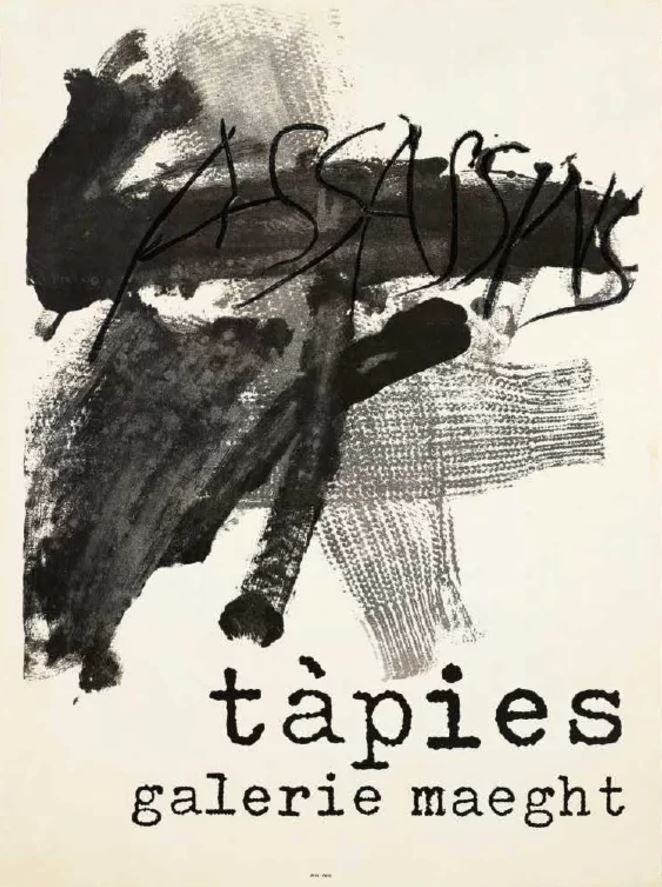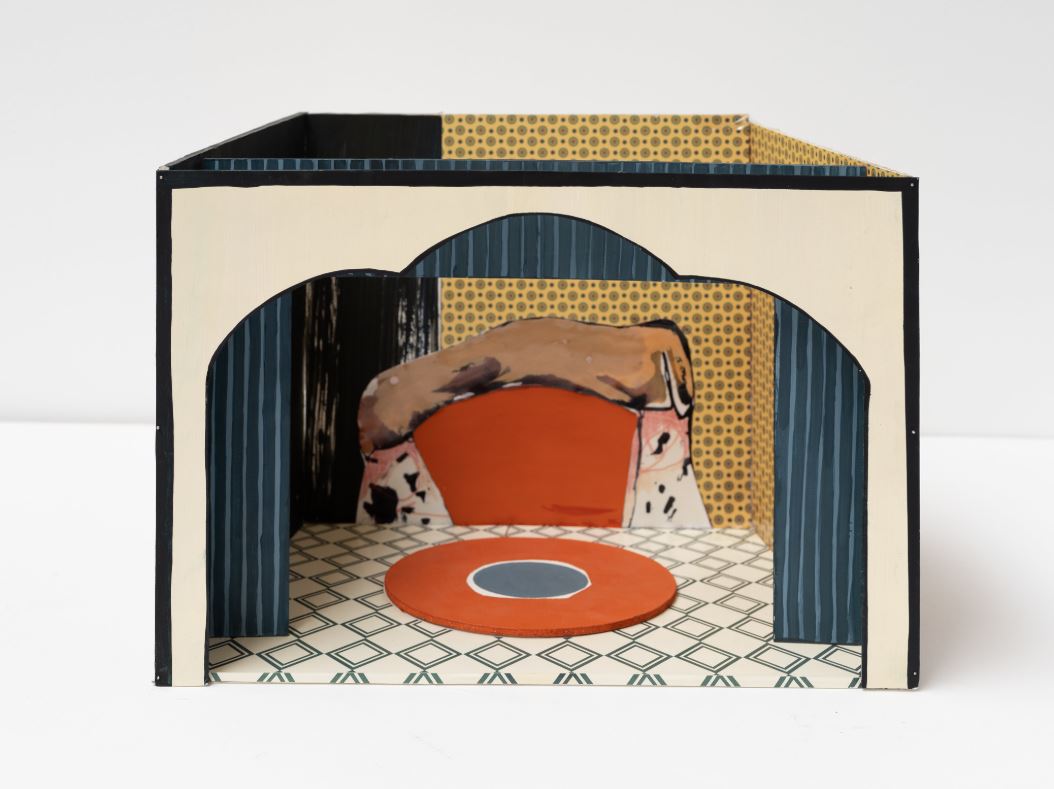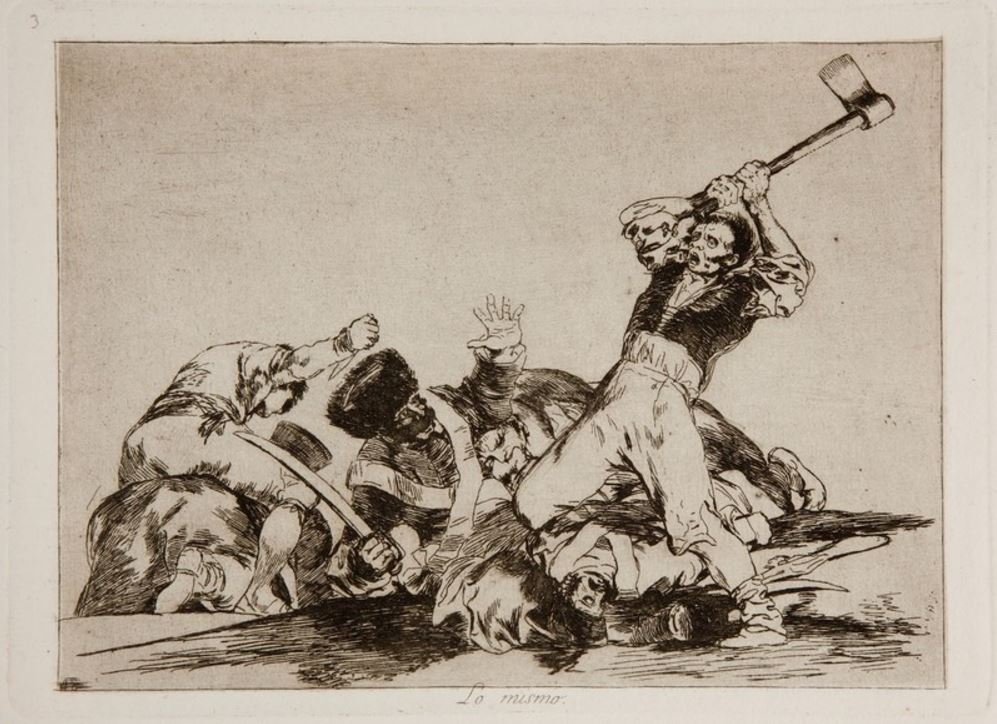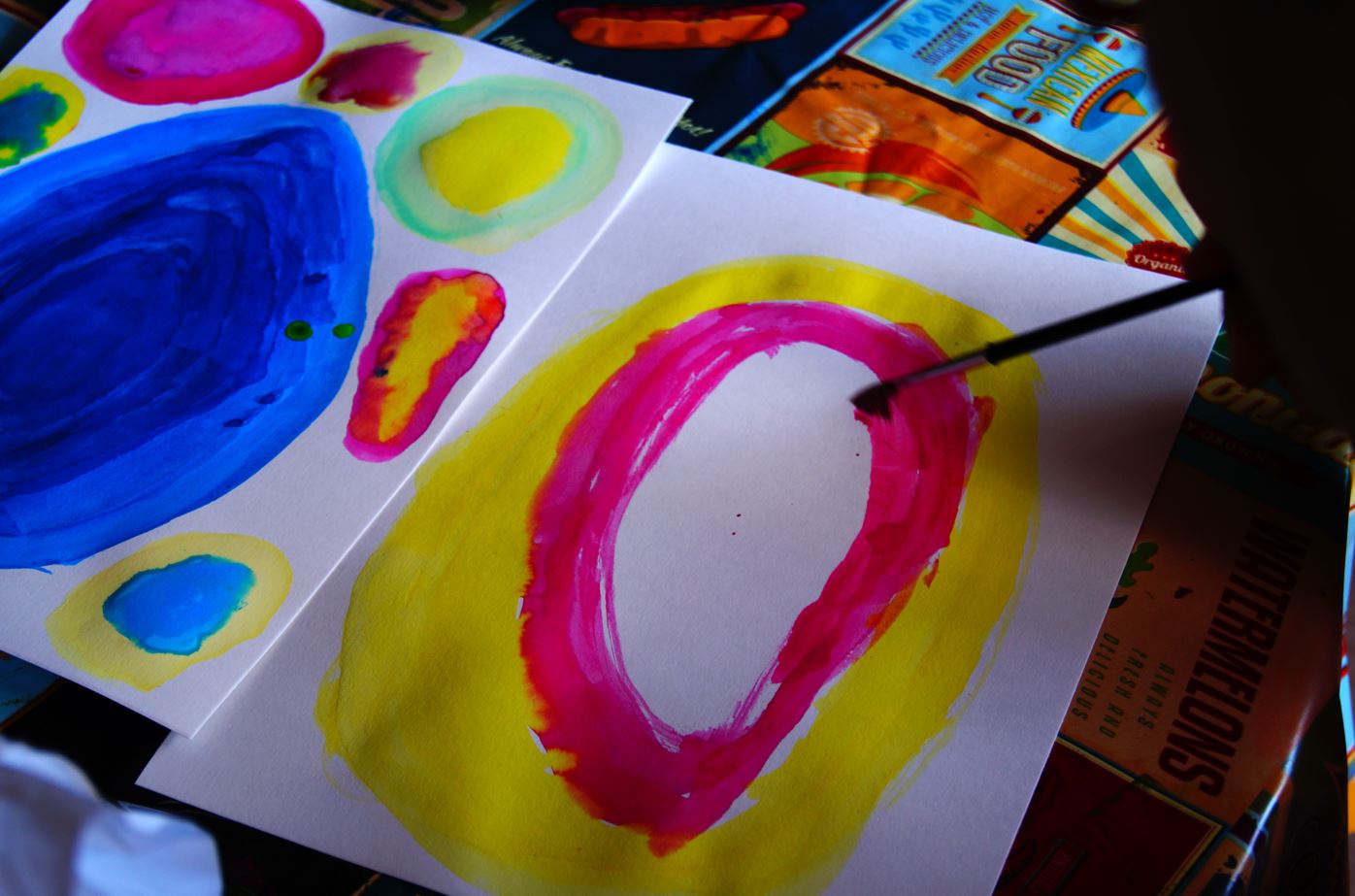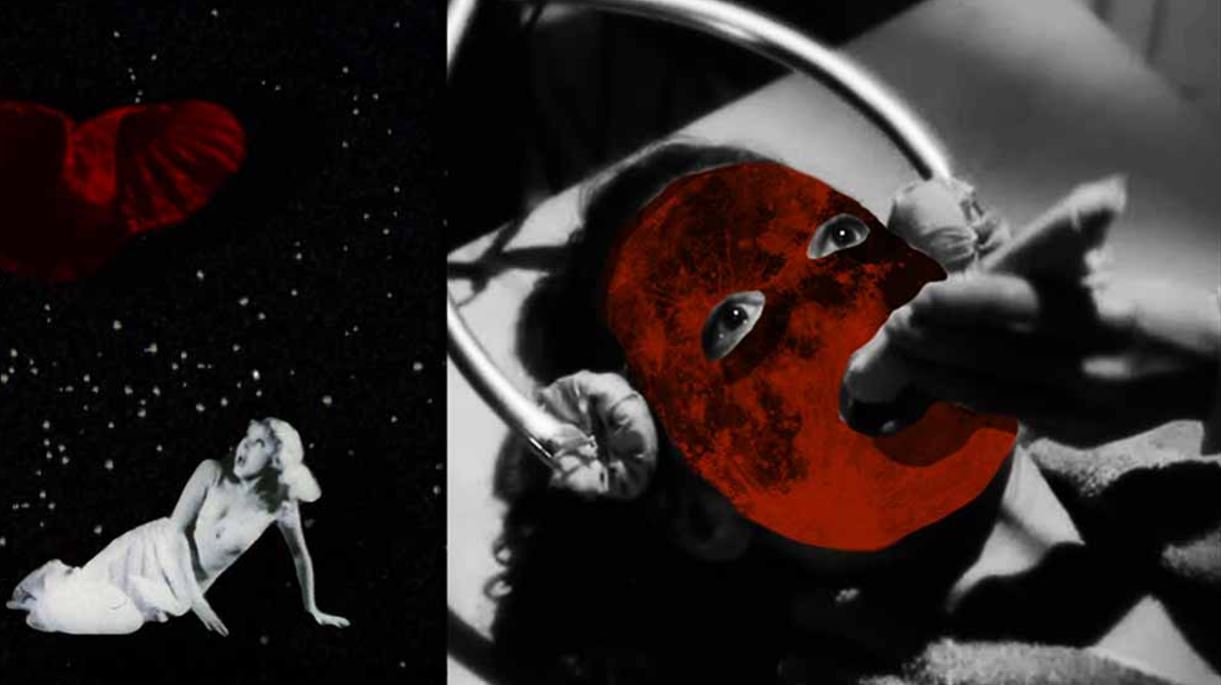Exhibitions
Antoni Tàpies: art and activism
His social and political commitment to the Museum of the History of Catalonia.
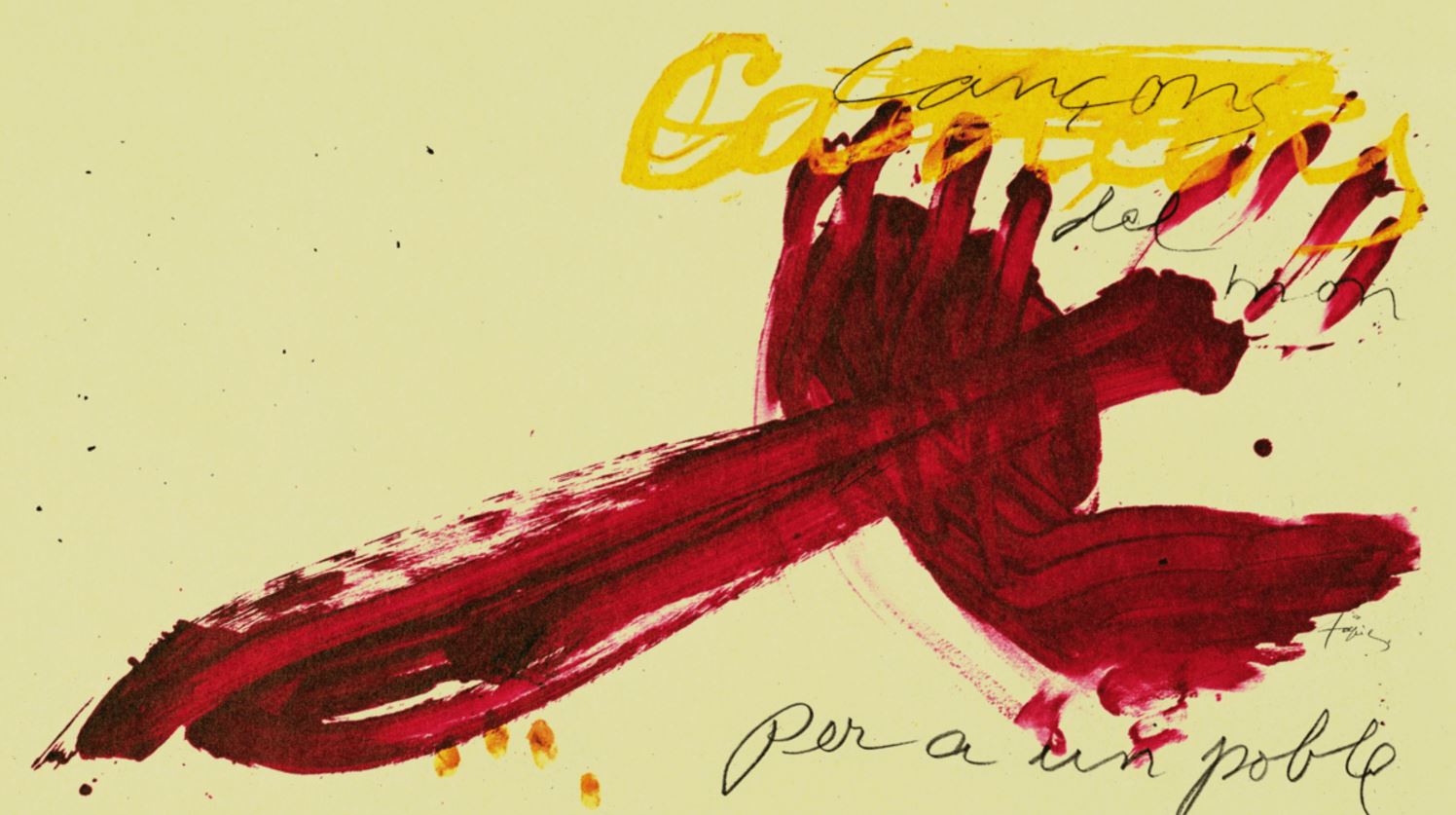
Since July, the Museu d'Història de Catalunya has been hosting 'Tàpies, art and activism', an exhibition that reveals a facet of Tàpies that has not been explored much: his obstinate political and social militancy.
The exhibition, curated by Albert Mercadé and which can be visited until February 2, is a story that covers Tàpies' first years of political unrest to his last actions. It is a journey through a work that questioned dogmas and understood art as a tool capable of building bridges and fairer futures, showing commitment to democracy, human rights and progressive causes.
Tàpies' career was deeply influenced by the context of Franco's repression. In the mid-sixties, his involvement with anti-Franco movements such as the Capuchinada, in March 1966, marked a turning point, and led him to write Personal Memoir. Fragment for an autobiography, a text in which he records the intensification of his activism.
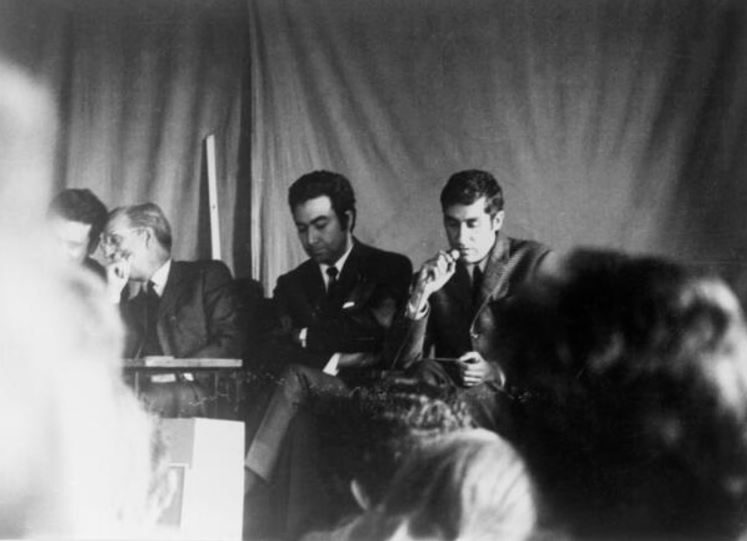
During those years, Tàpies used his work to give visibility to the fight against the regime. The posters he created for exhibitions at the Galerie Maeght in Paris during the 1960s and 1970s were true cries of resistance, with symbols like the four Catalan bars or words like "assassins", impossible to show in the Spain of that time moment Beyond being works that could be called revolutionary artistically, they were also a forceful message of protest.
Once the transition had arrived, Tàpies continued with this alliance, which he believed to be indissoluble, between art and politics, getting involved in initiatives such as the Assembly of Catalonia and the Congress of Catalan Culture . Works like '7 de novembre' - created in honor of the foundation of the Assembly - symbolize Tàpies' commitment to the ideals of freedom and justice. He also took part in emblematic actions such as the Lockdown of intellectuals in Montserrat, a protest against the regime that brought together key figures of Catalan culture.
In this period, Tàpies found in the Unified Socialist Party of Catalonia (PSUC) a reflection of his ideals, he admired the strength of the militants and at the same time trusted in their ability to unite the Catalan leftists in the struggle.
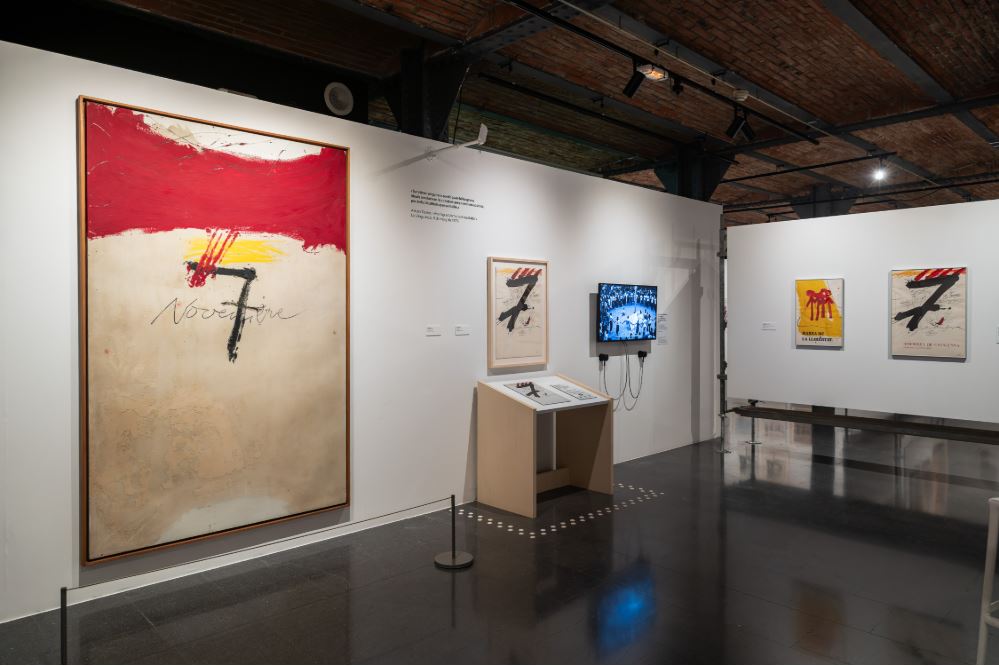
With the advent of democracy, Tàpies continued to support international causes such as the fight against Apartheid in South Africa, the war in the Balkans and the defense of human rights around the world. As well as continuing his collaboration in cultural and political initiatives in Catalonia, designing works for TV3 and Avui, for civic institutions such as the Síndic de Greuges, popular celebrations such as Mercè and for historical commemorations such as the millennium of Catalonia or the 500 years of books in Catalan. One of his last artistic gestures was the creation of the cover of the Statute of Catalonia, in 2006, synthesizing his commitment to democratic values and his commitment to a modern, cultured and progressive Catalonia.
The value of this exhibition lies in its uniqueness, as Tàpies' roots in social and political movements have never been explored so comprehensively. The work created in tribute to Joan Miró shortly after the assassination of Puig Antich , is one of the examples of this commitment: a great sign that unites figures of Catalan culture in a collective cry for freedom, a denunciation clear of repression and a celebration of resistance.
The historical and social context of Tàpies' works is perfectly intertwined with one of the missions of the Museum of the History of Catalonia , which is to explain the past in order to understand the present. Tàpies has always been claimed as an artist who transformed contemporary plastic, but beyond that, he gave voice to the most necessary struggles of his time, a whole lesson in history and commitment.
